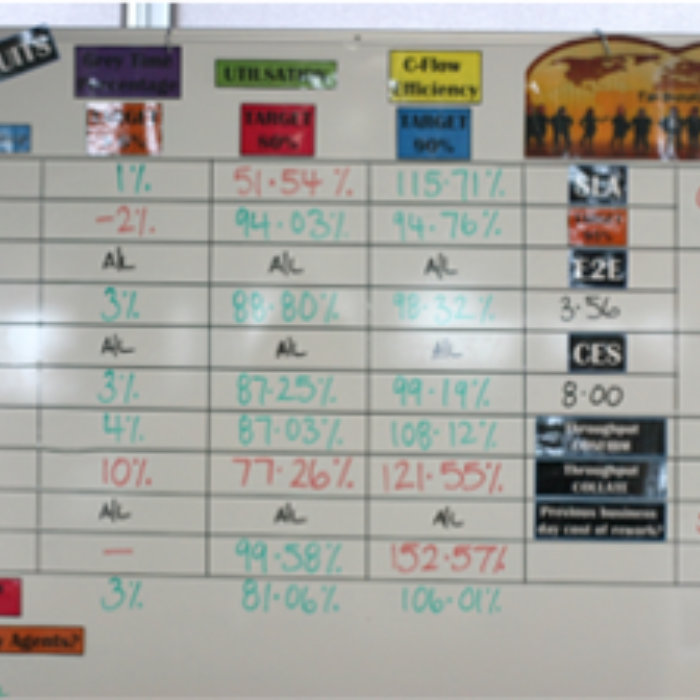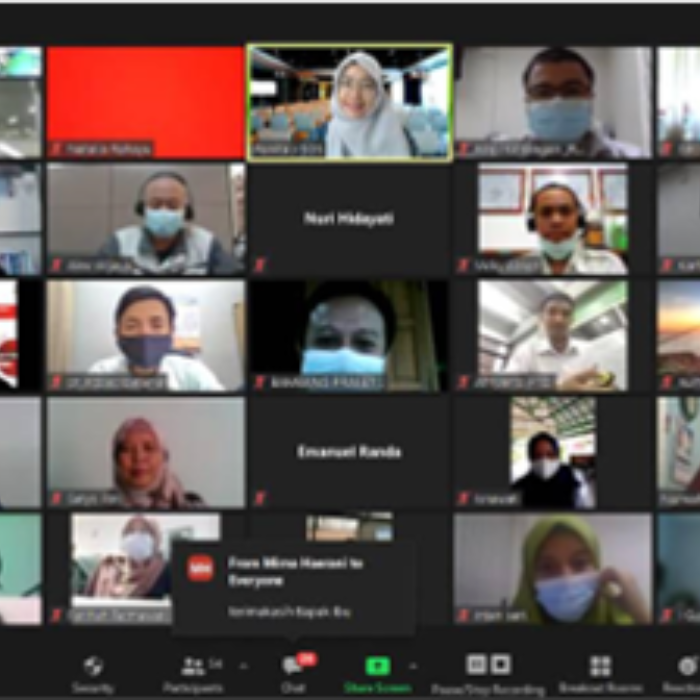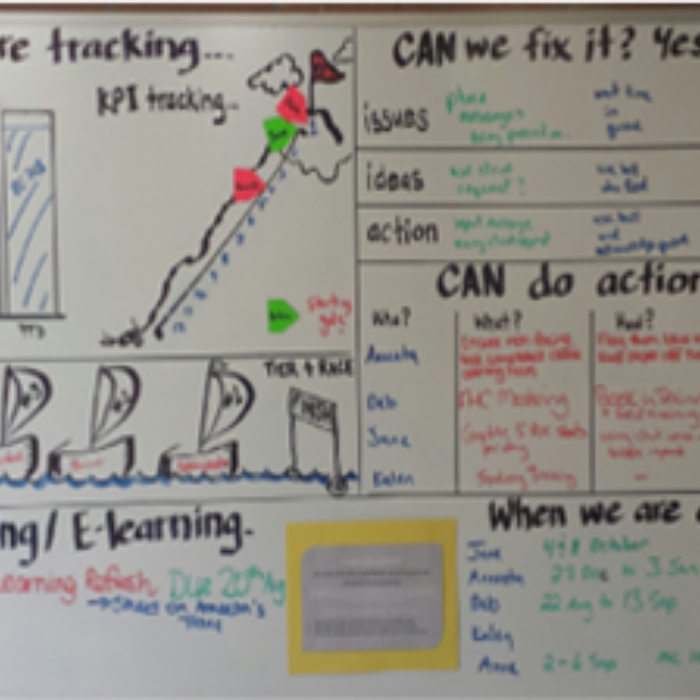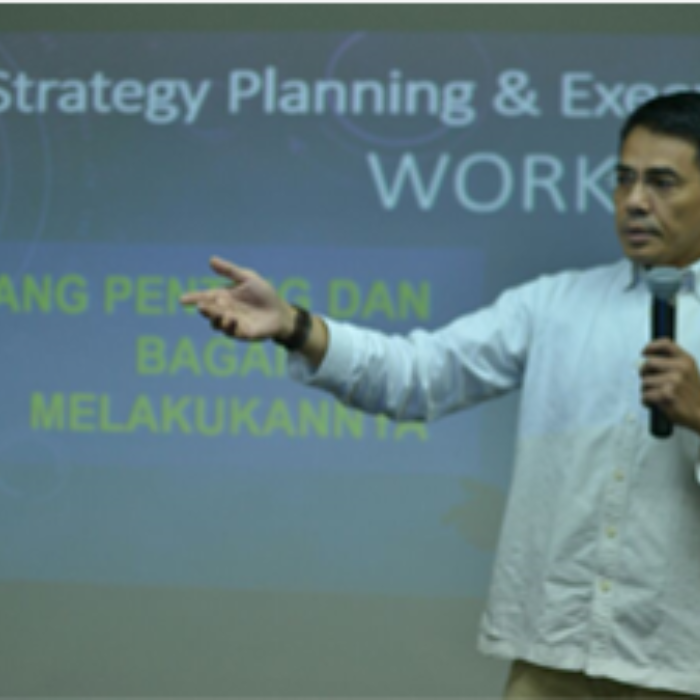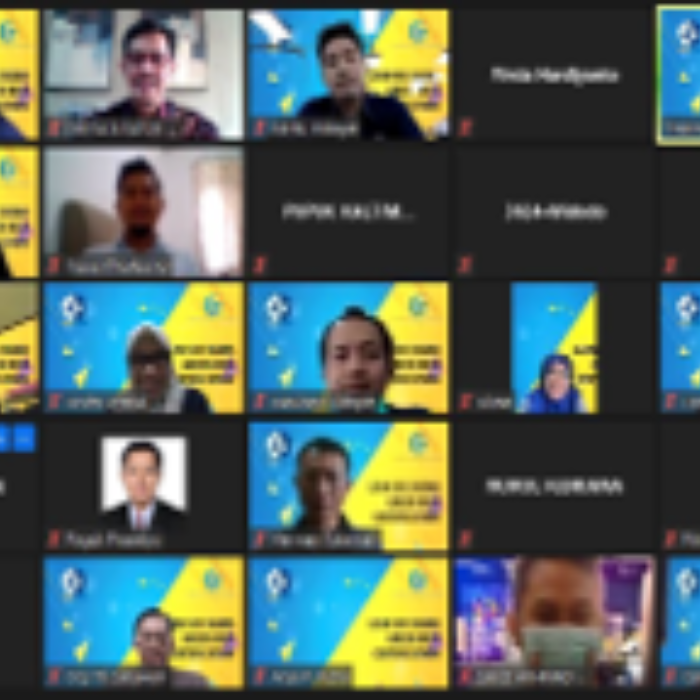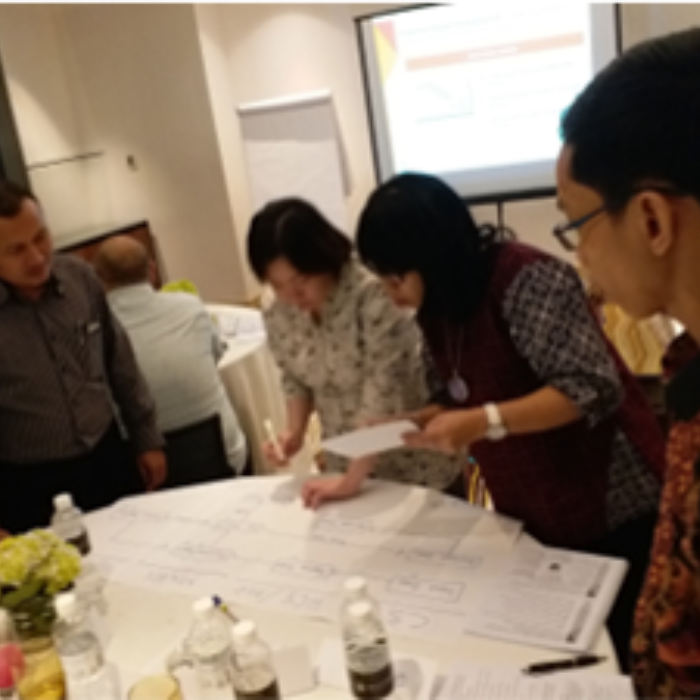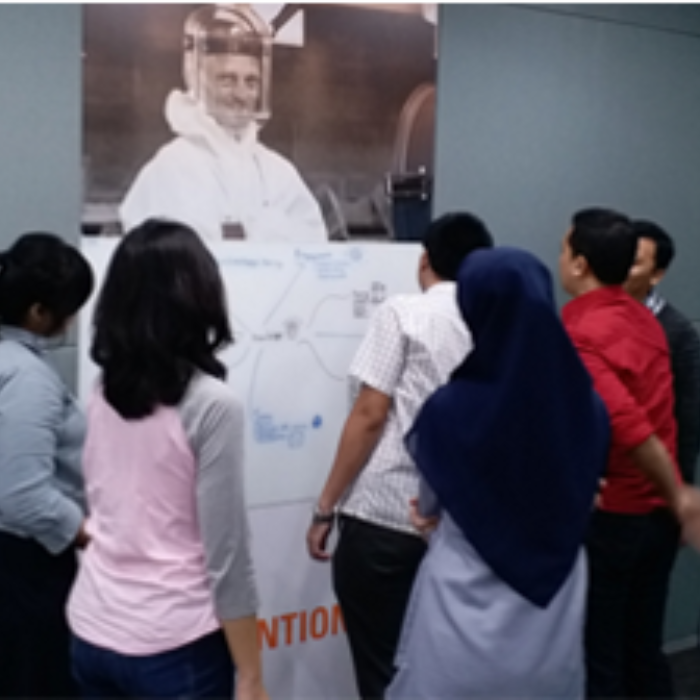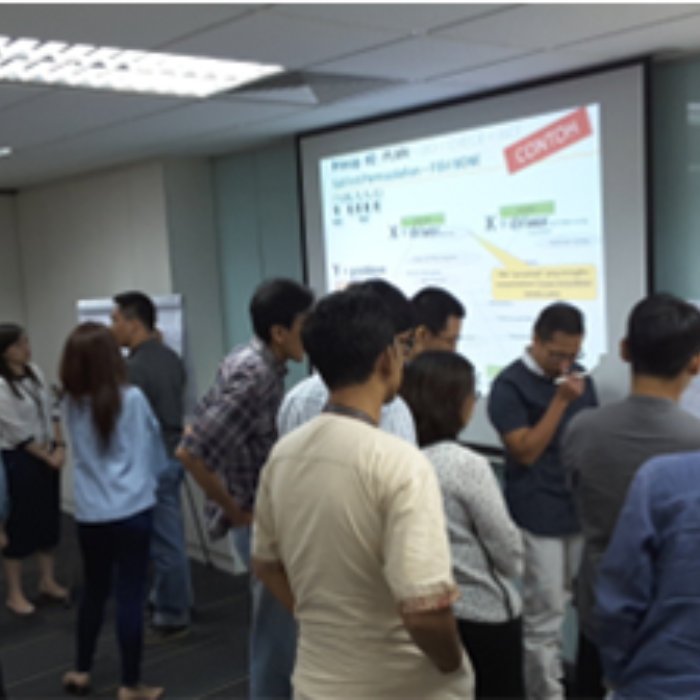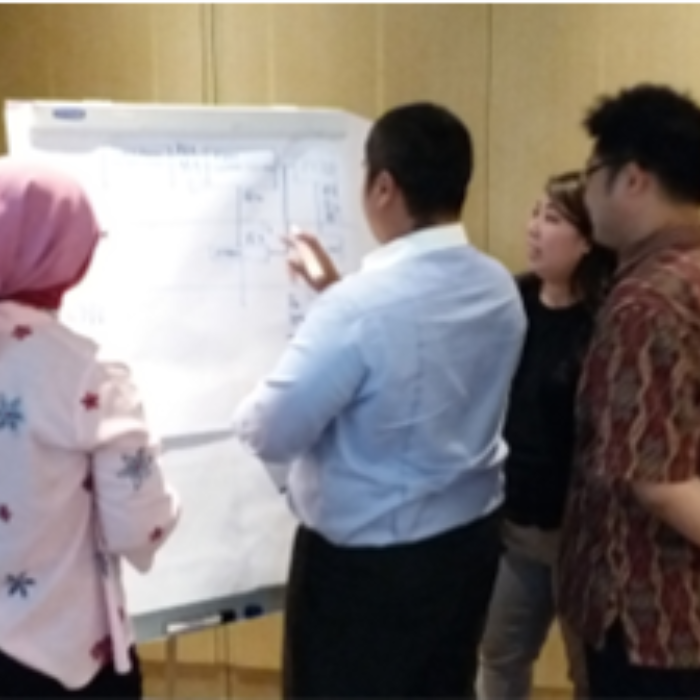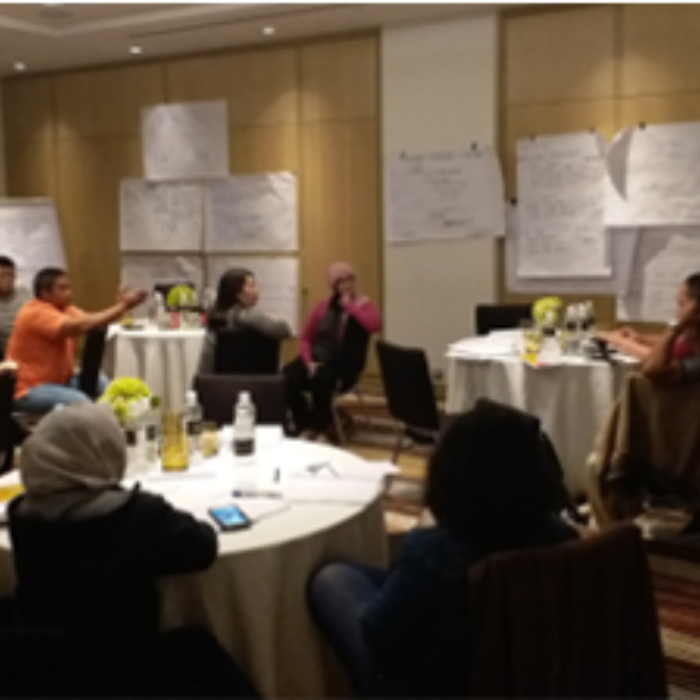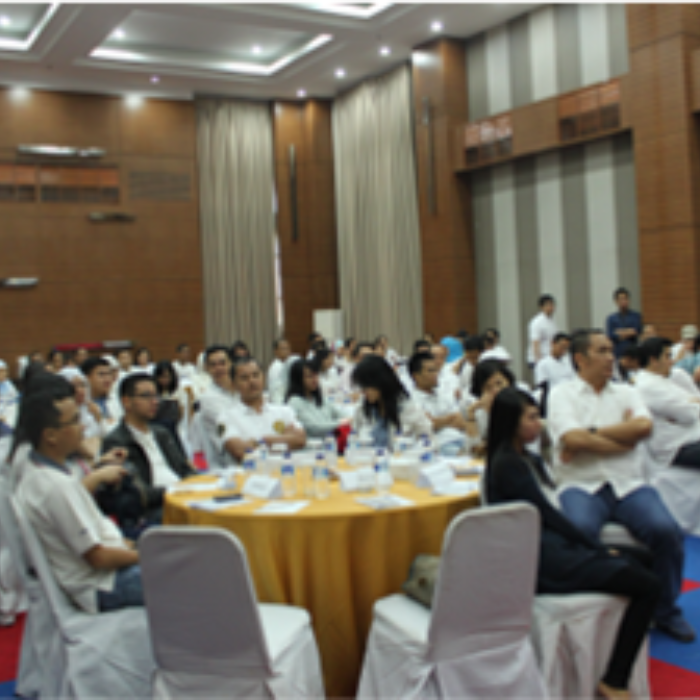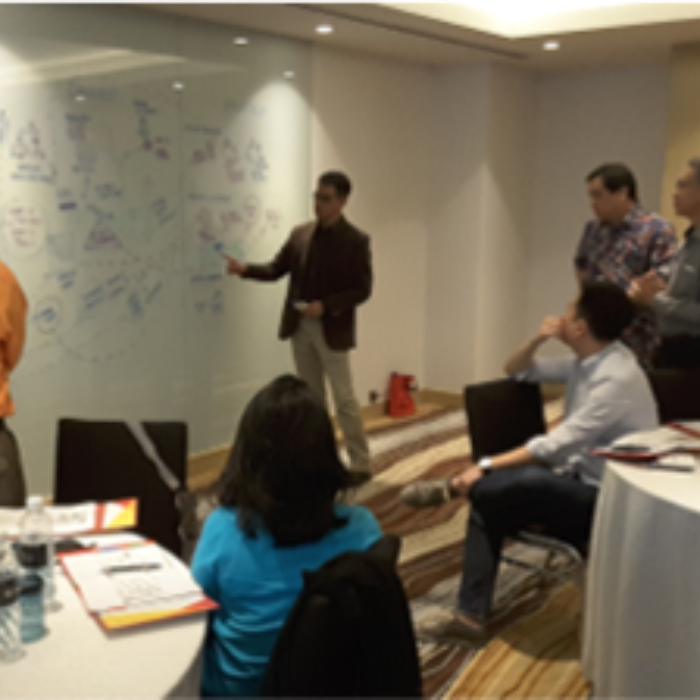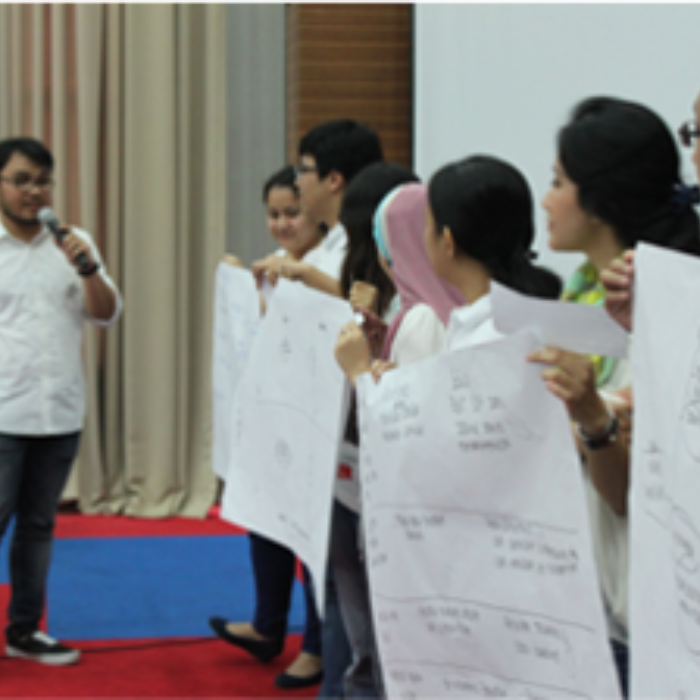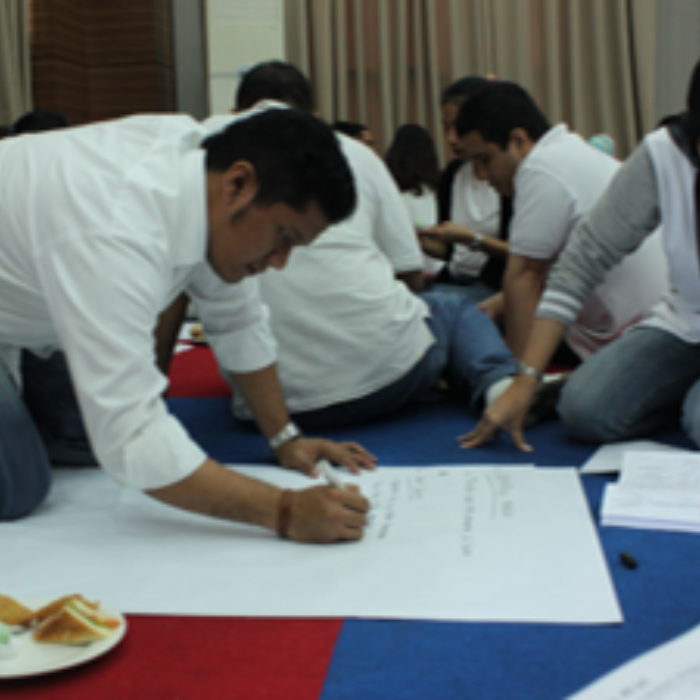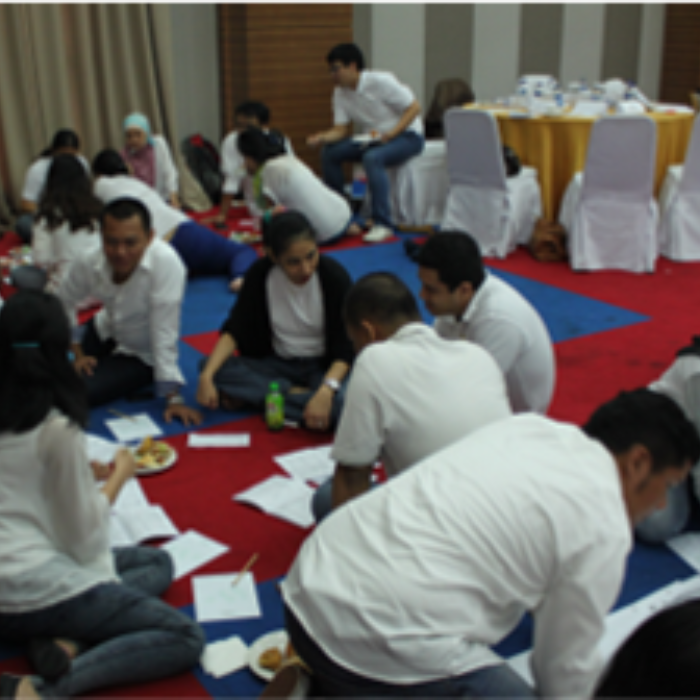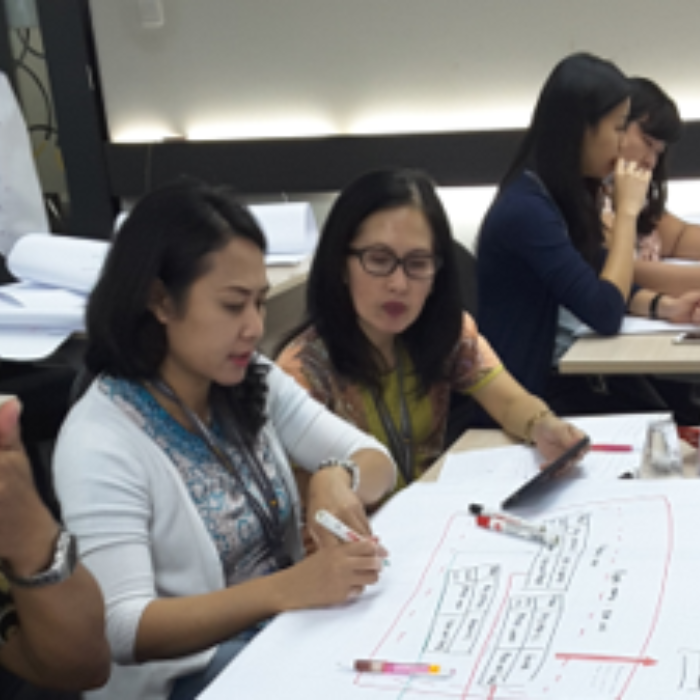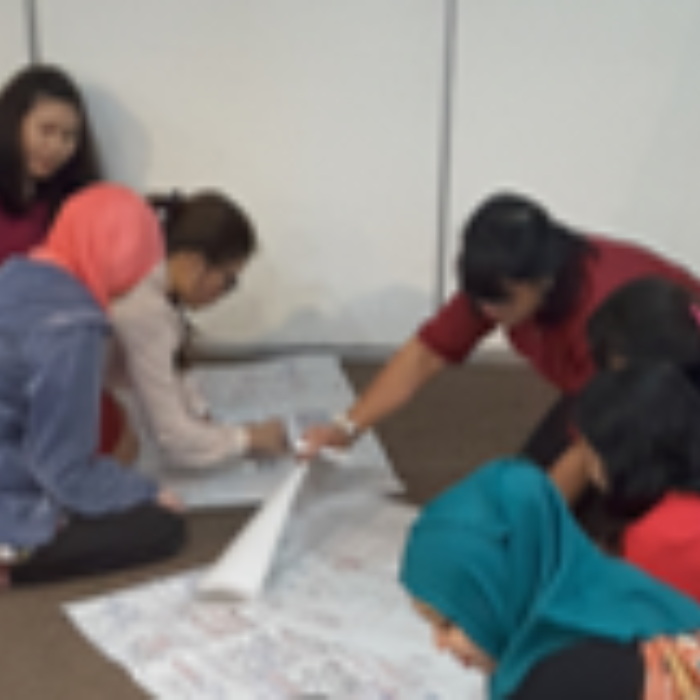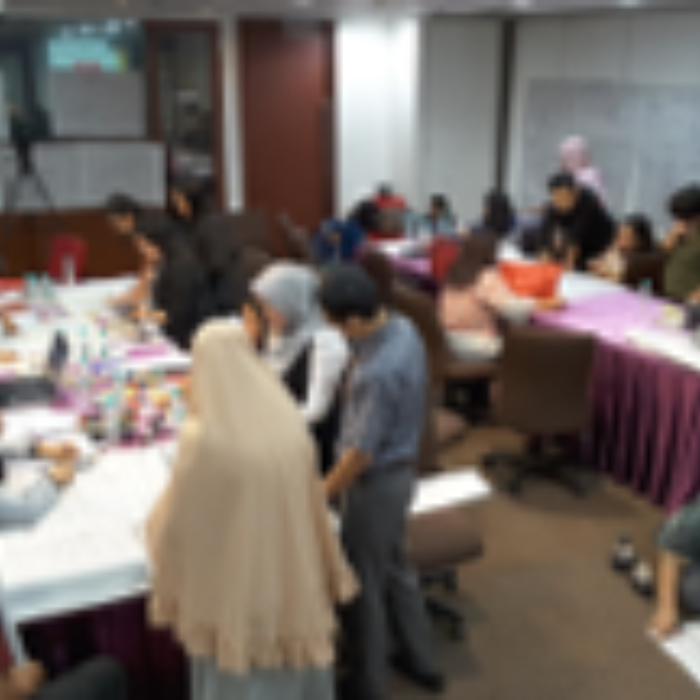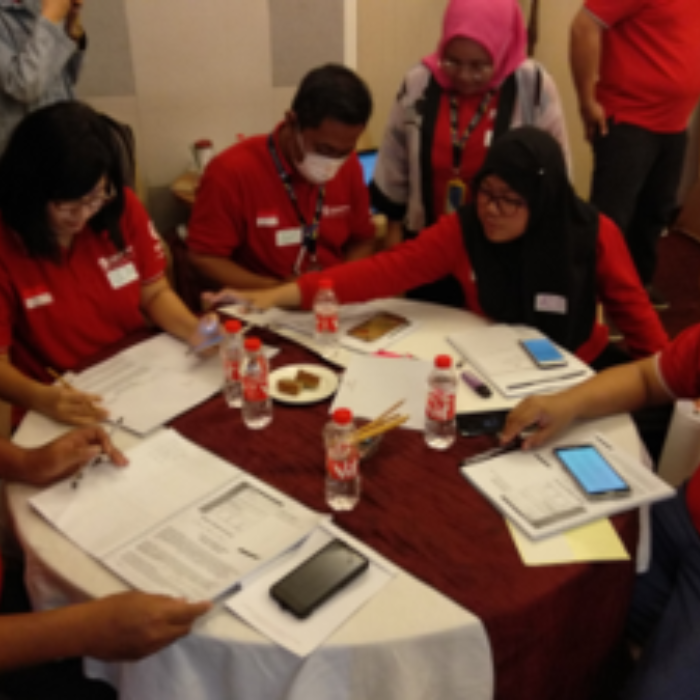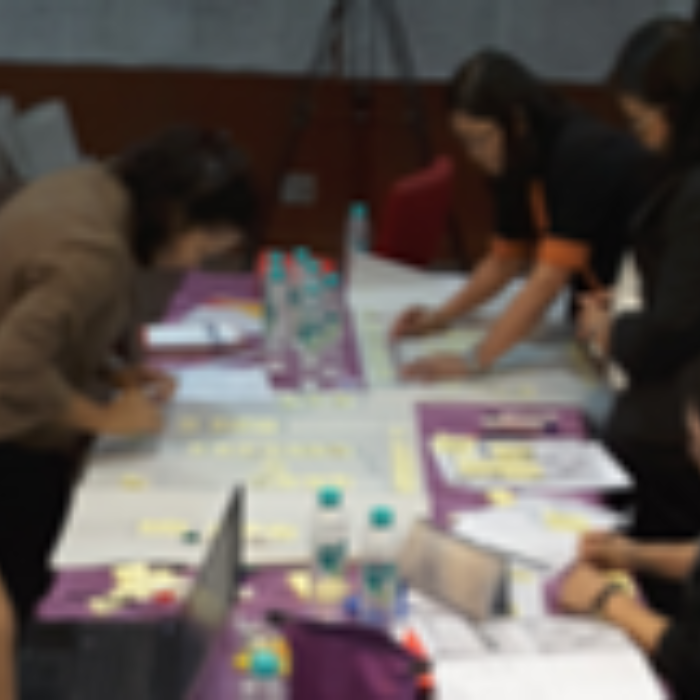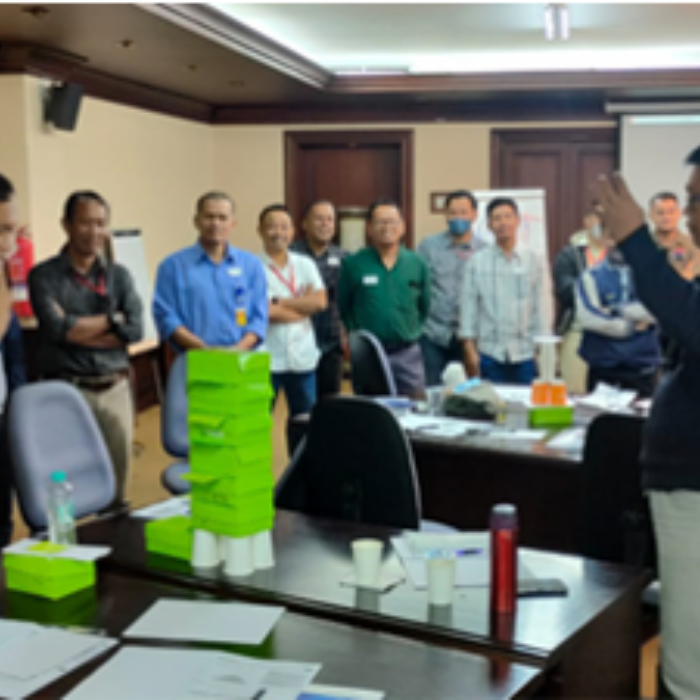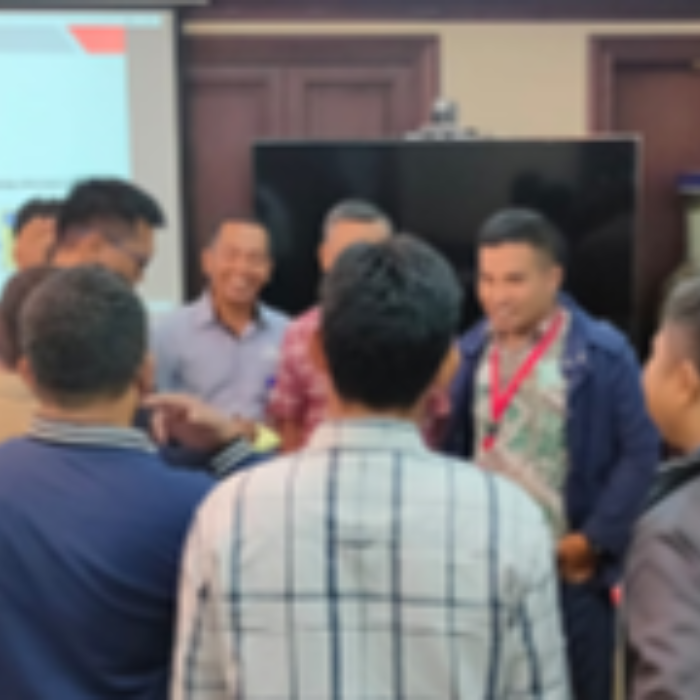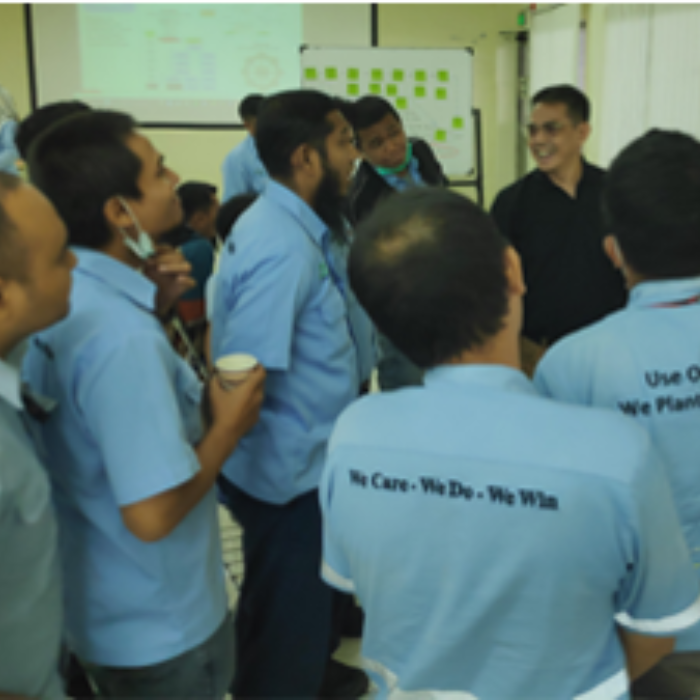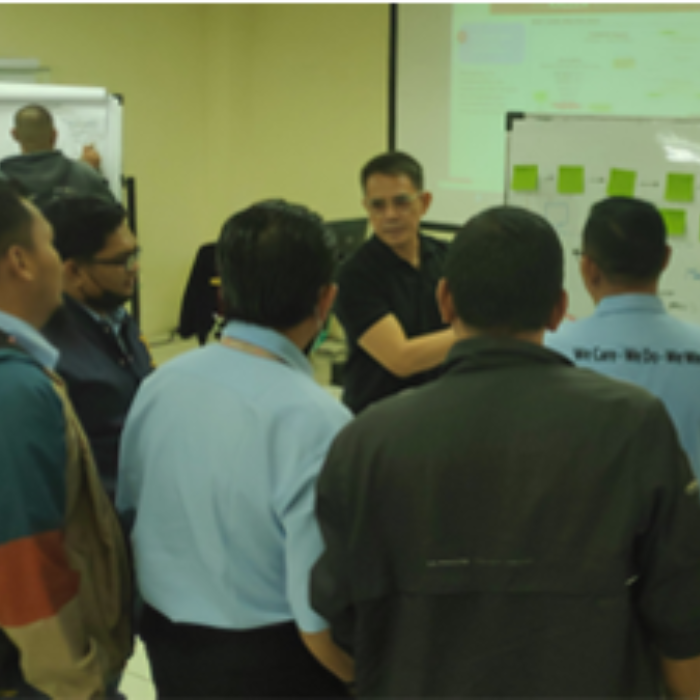Driving Organizational Performance & Empowering Business Growth

PEX Consulting is a new brand of “Potentia Excellentia” established in 2016.
Our services are focused on Training and Coaching/Consulting to enhance the ability of organizations and businesses in achieving their strategic goals.

DOWNLOAD FREE EBOOK

Focus Areas for Training and Coaching/Consulting Services
In today’s rapidly changing business environment, Enterprise Agility is essential for success.
Organizations that are not Agile will be left behind by those that are.
Enterprise Agility refers to an organization’s ability to adapt and respond quickly to changing market conditions, customer demands, and internal dynamics.
Operational Excellence is the pursuit of continuous improvement in all aspects of an organization’s operations.
It is a holistic approach that encompasses People, Processes, and Technology.
Operational Excellence requires tailoring operational improvement efforts to the specific needs and challenges of an organization.
Productivity refers to the efficient use of resources and processes within an organization while taking into account its specific context, goals, and challenges.
It is the ability of an organization or its employees to convert inputs, such as capital and labor, into outputs, such as services or products.
Productivity can help reduce costs, improve quality and increase profits.
Project Management as the systematic approach of planning, organizing, executing, and controlling the various elements of a project to achieve specific goals within defined constraints.
Project Management provides a structured framework to ensure that projects are completed successfully, on time, within budget, and to the satisfaction of stakeholders.
Change can take many forms, and the aim is to minimize resistance, enhance adoption, and ensure the desired outcomes of the change initiative are achieved.
Change Management as the structured approach and set of strategies used to effectively plan, implement, and guide individuals and organizations through transitions.

We customize Training and Coaching/Consulting according to the Client’s context and objectives.
We prioritize outcomes of real impact over those of mere Training and Coaching/Consulting events.
Training and Coaching/Consulting
We help you find the right solution that fits your organizational and business challenges.


Enterprise Agility
Develop Enterprise Agility capability within organizations to respond to changing market conditions more quickly, meet customer demands, more effectively & innovate, reduce costs and improve quality.
We focus on the TriValue Company Model and Future Thinking approach to create tangible value benefits.
Some of our Training and Coaching/Consulting solutions
- TriValue Agility modeling
- Future Thinking modeling
- Business Agility Leadership
- Agile for Business & IT
- Design Thinking
- SAFe Agile Framework Adoption
- Coaching for Enterprise Agility
- Coaching for Squad / Tribe Team
- Lean Start Up & Scaling Up


Operational Excellence
Identify People-Process-Technology constraints and Customer pain points to improve Customer satisfaction. With the mindset of Customer Centricity, we focus to generate an impactful outcome to satisfy Customer needs.
We focus on how we can translate the Organization & Business Strategy and align its execution.
Some of our Training and Coaching/Consulting solutions:
- Strategy Planning & Execution
- Operations Leadership series
- Business Planning series
- Cascading Objectives
- Value Stream
- Operational Excellence Strategy Roadmap
- ISO 9001:2015 Quality Management
- Service Excellence


Productivity
Effectiveness and efficiency in optimizing processes, systems, and behaviors to generate maximum value from invested resources.
We focus on how to impact a company’s ability to produce goods or deliver services while minimizing waste, cost, and effort.
Some of our Training and Coaching/Consulting solutions:
- Lean Six Sigma
- Theory of Constraints (TOC)
- Kaizen Project
- Productivity Habit
- Balanced Score Card / KPI / OKR
- Performance Management
- Creating Productivity Culture
- Creating High Performance Team


Project Management
Project Management is not a one-size-fits-all approach. Context matters, and the best practices, methodologies, tools and factors such as project size, complexity, industry, and organizational culture.
We focus on customizing project management practices and methodologies to fit specific needs to achieve goals.
Some of our Training and Coaching/Consulting solutions:
- Project Management Leadership
- SDLC Project Management
- Agile Project Management
- Product & Service Development
- Site Project Prep & Commissioning
- Program & Project Management Office revitalization
- Coaching Project Planning & Execution


Change Management
Change Management recognizes that people are at the heart of the organizational change, it is crusial to align collective behavior with new strategies, structures, processes, and technologies.
We focus on Change Management efforts to help organizations capitalize on change opportunities and achieve their key strategic objectives.
Some of our Training and Coaching/Consulting solutions:
- Change Management Fundamental
- Building Behavior & Culture
- Various Softskill Training (Negotiation, Persuasion, Conflict Management, No Stress Management)
- Transformation Change Program
- Aligning OCM with Organization Strategy
- OCM Strategy Roadmap
- Culture Shifting
- Psychological Safety
Trusted by..


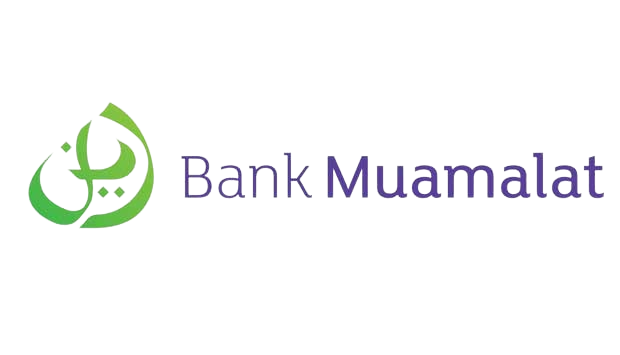





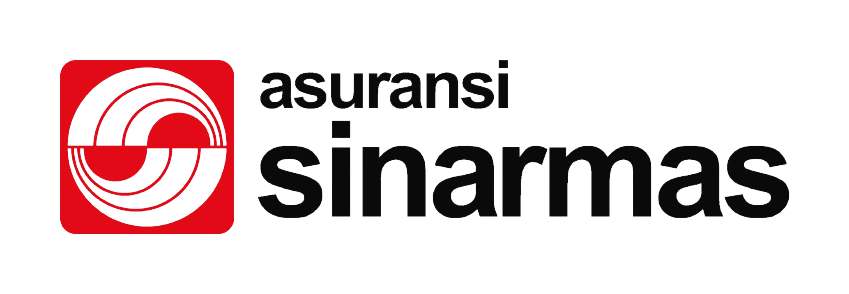

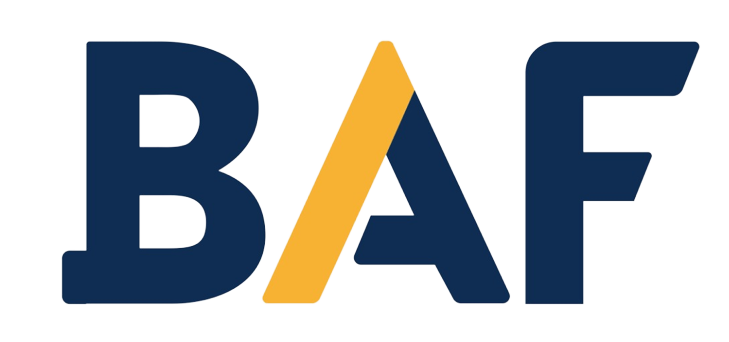



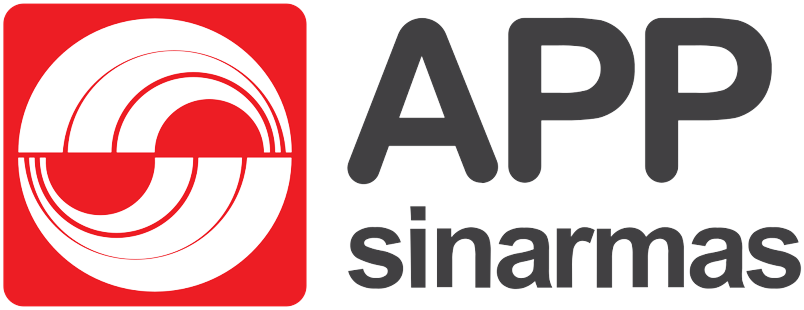





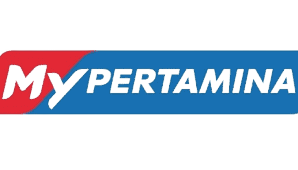

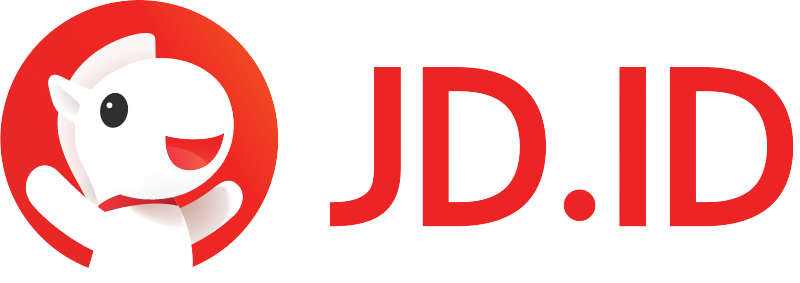

Challenges & Tips for each area
Common challenges
Lack of Alignment, Silos and Communication Barriers, Resistance to Change, Inflexible Processes, Old Technology, Talent Shortage or Skill Gaps, Slow Decision Making, Inadequate Data and Analysis, Short-term Focus, Overemphasis on Processes, Lack of Empowerment, Geographic and Cultural Differences.
Tips
Clearly communicate the company’s vision, goals, and strategies to all levels of the organization, Encourage cross-functional collaboration, Involve employees early in the change process, Invest in modernizing technology infrastructure, Empower teams to make decisions at their level, Invest in data collection, analysis, and visualization tools, Share common values and goals across different locations.
Common challenges
Lack of Flexibility, Resistance to Change, Insufficient Data and Metrics, Limited Cross-Functional Collaboration, Short-term Focus, Lack of Employee Engagement, Technology Constraints, Complexity and Redundancy, Inadequate Training and Skills Gaps, Lack of Clear Ownership, Failure to Prioritize, Lack of Continuous Improvement Culture.
Tips
Customizing Solutions, Embracing Change Management, Data-Driven Decision Making, Cross Functional Collaboration, Balancing Short and Long Term Goals, Empowering Employees, Investing in Technology, Streamlining Processes, Promoting Ownership and Accountability, Developing a Continuous Improvement Mindset, Prioritizing and Sequencing Efforts, Leaders Lead by Example.
Common challenges
Lack of Goal Clarity, Misaligned Priorities, Inefficient Processes, Lack of Automation, Communication Gaps, Burnout and Overwork, Skills Gaps, Resistance to Change, Information Overload, Lack of Flexibility, Unclear Accountability, Remote Work Challenges, Managing Distractions
Tips
Setting Clear Goals, Aligning Teams, Streamlining Processes, Leveraging Automation, Improving Communication, Promoting Work-Life Balance, Investing in Training, Managing Change Effectively, Limiting Information Overload, Embracing Flexibility, Clarifying Accountability, Supporting Remote Work, and Creating a Distraction-Free Environment.
Common challenges
Lack of Project Goals, Varying Project Complexity, Resource Constraints, Changing Requirements, Diverse Stakeholders, Global and Remote Teams, Technology Integration, Risk Management, Communication Disruptions, Less integration & alignment, Scope Creep, Resistance to Change, Inadequate Documentation, Siloed Departments.
Tips
Use Adaptive and Fit-for-Purpose Methodologies, Resource Planning, Combined with Agile Practices, Stakeholder Engagement, Virtual Collaboration Tools, Integration Strategies, Risk Assessment, Effective Communication Plan, Alignment with Strategy, Scope Management, Supporting Organizational Change Management, Comprehensive Documentation, Empowering Cross-Functional Collaboration.
Common challenges
Unclear Vision and Goals, Inadequate Leadership Support, Lack of Communication, Resource Capability & Capacity Issues, Resistance from Middle Management, Resistance to Change from Operational Level, Inadequate Team Engagement, Inappropriate Speed of Change, Lack of Training and Support, Cultural Mismatch, Ignoring Individual Needs, Ineffective Metrics.
Tips
Articulating Vision and Goals, Leadership Engagement, Clear Communication, Employee Empowerment, Engaging Middle Managers and Operational Level, Stakeholder Engagement, Change Readiness Assessment, Comprehensive Training, Cultural Alignment, Change Management Planning, Resource Allocation, Individualized Approach, Results-Focused Metrics.


Get inspired by some common questions from our clients
Get ready and take action..
Frequently Asked Questions (FAQ)


Enterprise Agility
Q: How can we effectively transition our organization to become more agile?
A: The transition to Enterprise Agility requires a holistic approach. It starts with a leadership commitment to cultural change, followed by identifying agile champions within the organization.
You need to assess the current state, define a clear vision for agility, and gradually introduce agile practices such as cross-functional teams, iterative planning, and feedback. A combination of training, coaching, and continuous improvement will help the organization evolve its mindset and practices.
Q: How can we measure the success of our company’s agility initiatives?
A: Measuring agility goes beyond traditional KPIs. Focus on outcome-based metrics such as customer satisfaction, time to market for new products or features, and employee engagement.
In addition, track lead times, cycle times, and the ability to pivot in response to changing market demands. Regular reviews and feedback can help identify areas for improvement.


Operational Excellence
Q: How do I get started with Operational Excellence?
A: The first step is to develop a clear understanding of what Operational Excellence is and why it is important for your organization. Once you have a good understanding of the basics, you can start to develop a plan for how to implement Operational Excellence in your organization.
There are many different approaches to Operational Excellence, so it is important to choose an approach that is right for your organization. Some of the most common approaches include: Lean Management, Six Sigma, Kaizen and Theory of Constraints.
Q: What are the challenges of implementing Operational Excellence?, and How can I overcome the challenges of implementing Operational Excellence?
A: * There are a number of challenges that organizations may face when implementing Operational Excellence. Some of the most common challenges include: Lack of leadership support, Lack of employee engagement, Resistance to change, Lack of data and insights.
* The best way to overcome is to have a clear vision and strategy, a strong change management plan, and a commitment to continuous learning and improvement.


Productivity
Q: How can we boost our team’s productivity without overburdening them?
A: Balancing productivity and employee well-being is crucial. We can start by identifying tasks that can be streamlined or automated, allowing your team to focus on high-value work.
Additionally, setting clear priorities, providing the right tools, and fostering a culture of open communication can help enhance productivity while maintaining a healthy work-life balance.
Q: How can we encourage creativity and innovation while maintaining productivity?
A: Foster an environment that encourages idea-sharing, experimentation, and risk-taking.
Allocate specific time for innovation projects and provide resources for employees to pursue creative solutions without jeopardizing ongoing productivity.


Project Management
Q: How can we ensure that project outcomes align with our business strategy?
A: Ensure that project objectives directly support overall business goals.
Regularly review project alignment with key stakeholders. Adjust project priorities if there are shifts in the organization’s strategic direction.
Q: How do we prioritize projects to align with our business goals?
A: Prioritizing projects involves assessing their strategic alignment, potential impact on the organization, and available resources.
We’ll work together to create a project portfolio management strategy that ranks projects based on their contribution to business objectives, ensuring optimal resource allocation.


Change Management
Q: What strategies can we use to minimize resistance to change among employees?
A: Involve employees early in the change process. Seek their input and address their concerns.
Provide training to ensure they have the necessary skills. Highlight how the change aligns with their professional growth and the company’s success.
Q: How can we ensure a smooth transition during major organizational changes?
A: Smooth transitions require a well-defined change management strategy. We’ll start by understanding your organization’s culture, assessing readiness for change, and developing a comprehensive plan.
This plan will include stakeholder engagement, communication strategies, training, and ongoing support to ensure a successful transition.
Article
We adapt to the dynamics of global change, and adopt better best practices to achieve organizational and business sustainability goals.


The Benefits of Gradual Implementation of Operational Excellence
Operational Excellence is the pursuit of continuous improvement in an organization’s processes, systems, and practices to achieve superior outcomes. While the concept is appealing, the


Avoiding Icebergs in Navigating the Agile Transformation Journey
In the ever-evolving business landscape, organizations are increasingly turning to Agile methodologies to stay competitive, deliver value to customers, and adapt to market changes swiftly.


Will it Win? Adopt Ambidextrous Leadership in the New Era
In today’s rapidly evolving business landscape, leaders must navigate the delicate balance between exploring new avenues for growth and exploiting existing strengths. Traditional approaches to


Contact us to discuss more about your specific needs.







